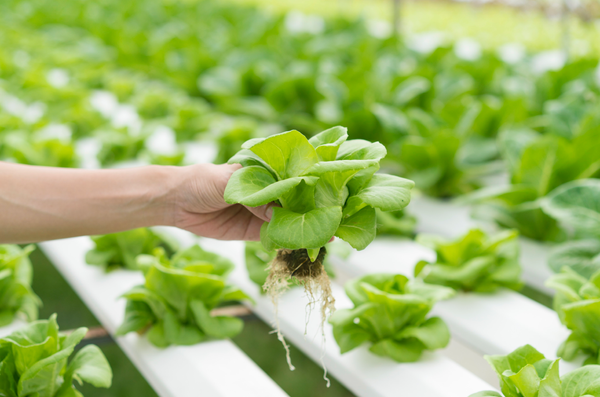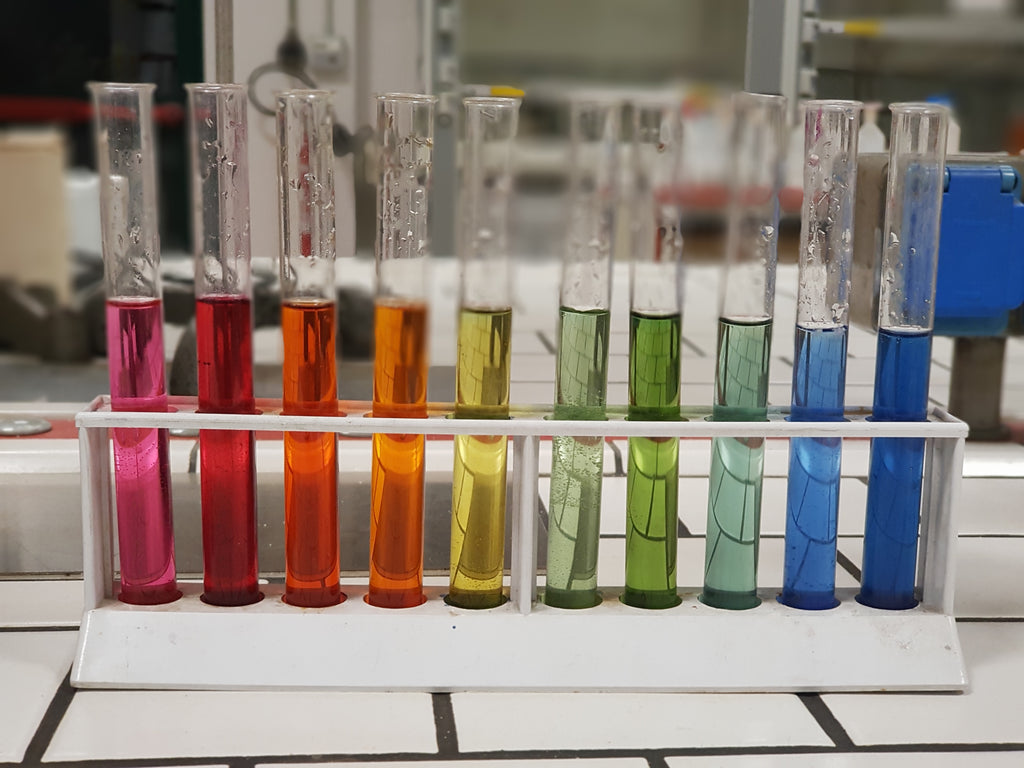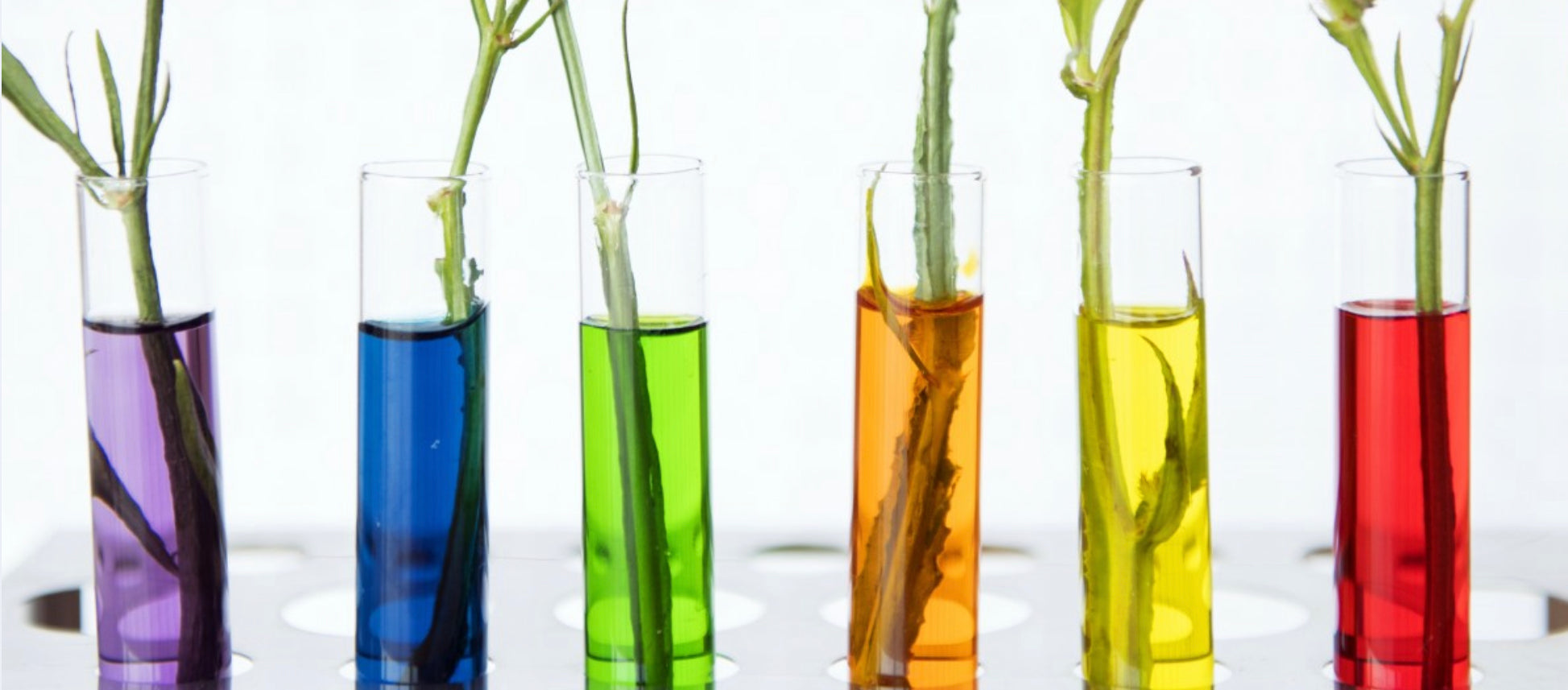How to Grow Hydroponic Lettuce - Part 2

A Step by Step Guide on How to Grow Hydroponic Lettuce - Part 2
At this point, you should have a sheet of lettuce seedlings that are starting to look like lettuce. They are running on a nutrient solution with an EC of around 0.4-0.6. The pH can be anywhere from 5.0-6.2, optimally around 5.8.
If there is more than one seedling in each cube, now is the time to thin. It is very important to only have one lettuce seedling in each cube. It seems like more plants = more produce, but the opposite is true. Hydroponic lettuce grows quickly and grows large and they need space. Two crowded plants will actually turn out spindly and crooked. One plant alone will be big and beautiful. It can be hard to thin your seedlings but you must do it.
Choose the plant that is bigger and healthier. Not all seedlings are equal. Here’s your chance to keep the hardiest ones. Cut the weak seedling, do not pull it. If you pull it, it will disturb the roots of the other seedling. Cut it low so it doesn’t try to grow back.
If you are an experienced grower, you can separate the rockwool cube into pieces and save all the seedlings, but I’d recommend just thinning by cutting. You can eat the weak seedlings as microgreens.
Carefully set the cube with the lettuce seedling into your system. If you’re using a system with clay balls, be sure to fill your net cups completely. In NFT, be sure the roots are touching the water. If you’re using deep water culture, you must have an aerator or air stone so the roots don’t drown in an oxygenless environment. Be very, very careful with the delicate roots. Roots have tiny hairs that you can’t see and it’s important you don’t damage them.
Now adjust the EC and pH of the nutrient solution. Get your watering dialed in so the plants are getting enough water but not too much. Any time you make a change, do it gradually. Plants love routines. They can be shocked by changing the lights, watering, or nutrient solution too rapidly. If you are growing hydroponic lettuce outdoors, don’t move them or turn them once you have set them in their growing spot. They like to know which side to expect the light to come from. Don’t ever overwhelm them by rinsing the roots, or dousing them in hydrogen peroxide.

Finally: turn off the water at night. If the lights are off, the water should be off too. Plants can’t uptake water when there is no light. They will be sitting with their feet (roots) in cold water all night and they will be very unhappy. Even with NFT I like to turn it off about an hour after sunset and turn it on 30 minutes to an hour before sunrise. Overwatering is as big a hazard as underwatering. If you are in a very hot climate and the plants are in danger of drying out overnight, it’s okay to give them a little watering.
When your hydroponic lettuce seedlings have gotten a little bigger, you can gradually up the EC of the nutrient solution to 1.0-1.3. Be sure to dump and refresh your nutrient solution at least once a month.
Enjoy your homegrown, hydroponic lettuce!
For more great content check out the Proponics YouTube channel below!





